
Corey Kendrick is a brilliant young pianist and composer. He wrote all but three tracks on the album. His sense of harmony and melody is something innovative with not only a little adventurousness and—dare I say—bravado. Joining him in his trio are Joe Vasquez on bass and Nick Bracewell on drums, both of whom can groove with the old guard and without guilt. Together, this trio brings the grace and the fire.
The album opens with “Blues al Pastor.” The trio jumps at you from the very, very beginning…and you love it. The double-time blues is a hot number with great rhythm and memorable melodic lines. Vasquez and Bracewell are relentless with the groove and Kendrick plays with fierce virtuosity. Vasquez takes off on a cool solo riff off of the piano’s ostinato. The trio rolls it out the door and you want to stand and shout “Amen!”
“The Unknown/The Unexpected” may be a thoughtful reflection on new scenes and situations but it comes off as a cool film noir soundtrack. Evoking images of Bogart in his Fedora, Kendrick makes it smoky and mysterious with the occasional pulse-pounding of the Bracewell drums to add to the excitement. Vasquez turns in some strident rhythms behind it all with Tommy-gun flashes from Bracewell. For all the anxiety, the piece has a great sense of humor.
“Julian’s Tune” is a beautiful ballad with an opening bowing bass from Vasquez and a delicate touch from Kendrick. The lightness is charming and the emotion warm as Bracewell takes to the brushes. The melody is sweet and affectionate. These three can create a mood. Wonderful.
“My New Old Tune” is a jaunty number with bouncy delivery and punchy accents. It is optimistic and light-hearted, full of fun and openness. Impossible not to like this. The piano touches are fun and the Vasquez solo is bright and lively. There are moments of a “Sunny Side of the Street” feel that are bound to bring a grin. The full stop is a nice close.
“Waiting for Midnight” is a Jazz nocturne of the finest sort. This is one of my favorite melodies on the album. Vasquez and Bracewell enhance the night air of the piece and keep the warm imagery intact. Kendrick’s piano artistry is the fitting match to his extraordinary composing talents. He can compose whatever he likes because he can effectively play whatever he likes.
It reminds me of a story I once heard from Porcupine Tree’s Steven Wilson. He had written a piece that was extremely difficult to play. Wilson called up Robert Fripp and asked about playing it. Fripp told him exactly how to practice and said, “If you do that, then—in two or three months—you will have it mastered.” Wilson informed Fripp that the tour was kicking off the following week. Fripp laughed at him.
Kendrick does not play above his ceiling because he has no ceiling.
“Nature Boy” is the cool piece from Eden Ahbez. Kendrick just owns the piece. Vasquez and Bracewell lock down on the rhythms splendidly and Kendrick is as percussive as he is melodic. Bracewell gets a hot solo and he and Vasquez work those Latin rhythms with Kendrick just beautifully.
That smoker is followed by “Misunderstandings (Remembering I Love You)” is a lovely piece with wonderful harmonies and joyful melodies of affection and attraction. It also has its lighter moments of fond memory and that tight groove. I love the way Kendrick writes. He structures his pieces so well—often fluid, sometimes lofty, always rewarding.
“Alone in Michigan” is a lonely and forlorn piece, obviously thinking on the aloneness of new unfamiliar surroundings. The music takes different turns, rounding strange corners, that magnify the sense of being in a different place. The rhythms are broken up like the broken strides of uncertain steps on unfamiliar pathways. All the while, the bass follows an exploratory line. The piece, not quite melancholy, is certainly uncertain.
Mann and Hilliard’s “In the Wee Small Hours” is a meditative piece that seems to think on what may lie ahead and what has passed by. It is hopeful and a little wistful. It is taken as a solo for Kendrick who makes the piece sing of looking ahead in hope.
“Yesterdays” jumps out in energy and snappy rhythms that the trio embodies as one. The piano’s touch of Blues and blistering Jazz is fantastic and Vasquez and Bracewell turn up the electricity. The melodic lock-step of Kendrick and Vasquez over several bars is a cool feature as Bracewell works the drums.
“Lullaby for a New Mother” must surely have been written for Kendrick’s wife, Ellen, who gave birth to the couple’s first daughter just when Kendrick decided to do “Rootless.”
The piano is lovely and Vasquez creates a warmth that supports the piano as Bracewell’s drums keep things steady. It is a fine and fitting close to the album from a composer and father who, thanks to Ellen, will no longer be “Rootless.”
The Corey Kendrick Trio have given us a debut album that stands among the finest albums of the year. For all of their youth, these guys play like they are channeling the best of the ages. There is energy and passion, warmth and affection, and loads of intellectual and emotional satisfaction. It is old Jazz done in a new way. I love it.
~Travis Rogers, Jr. is The Jazz Owl
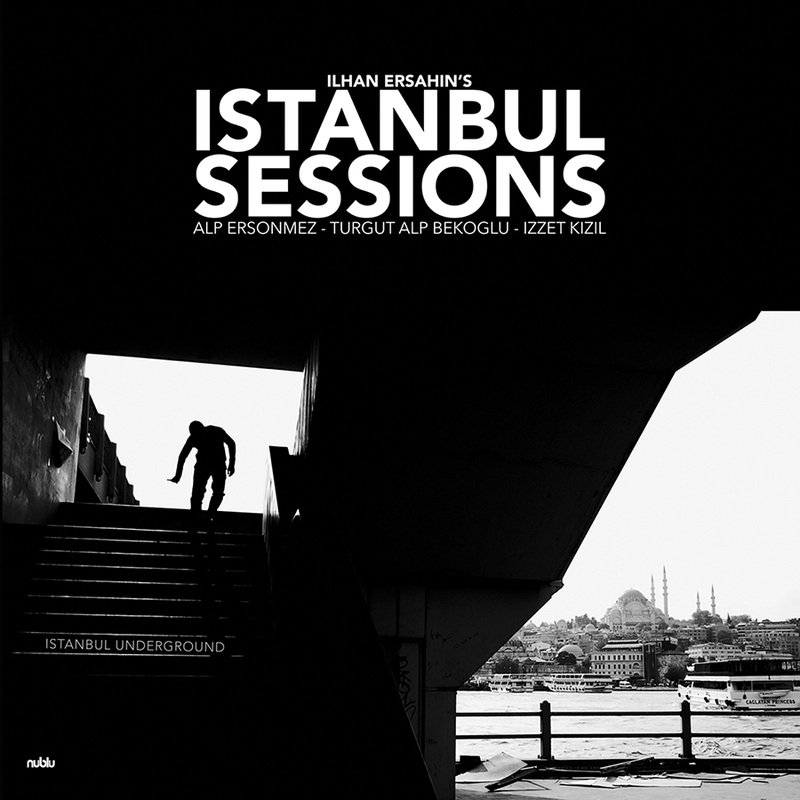
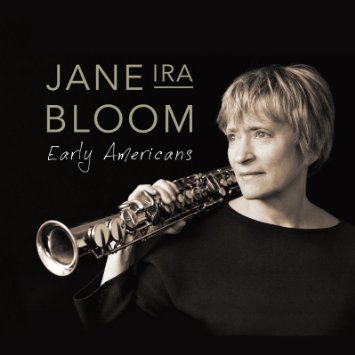

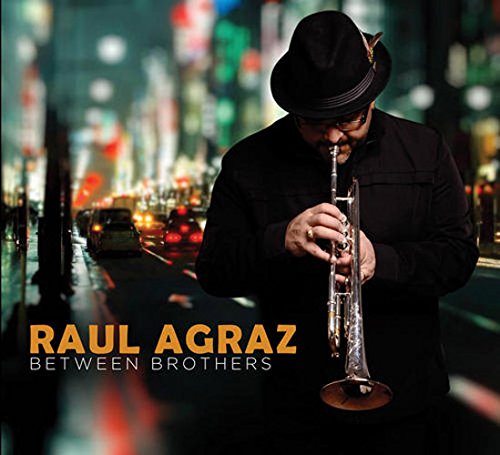

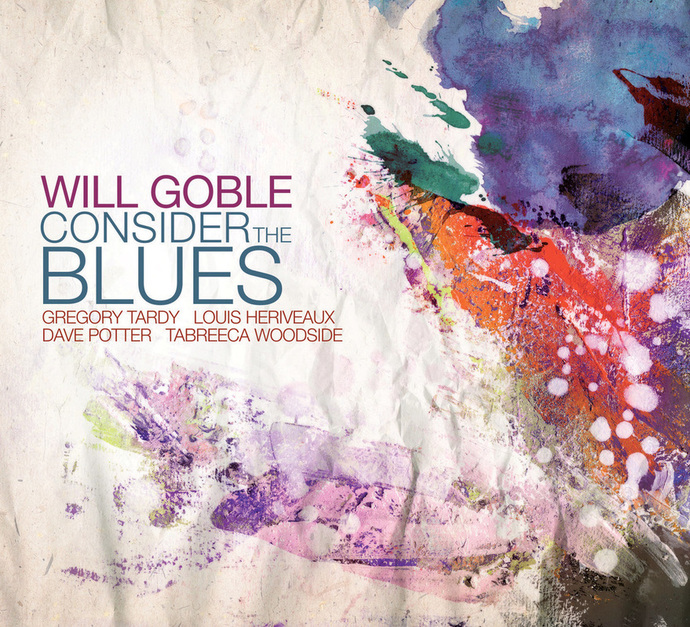
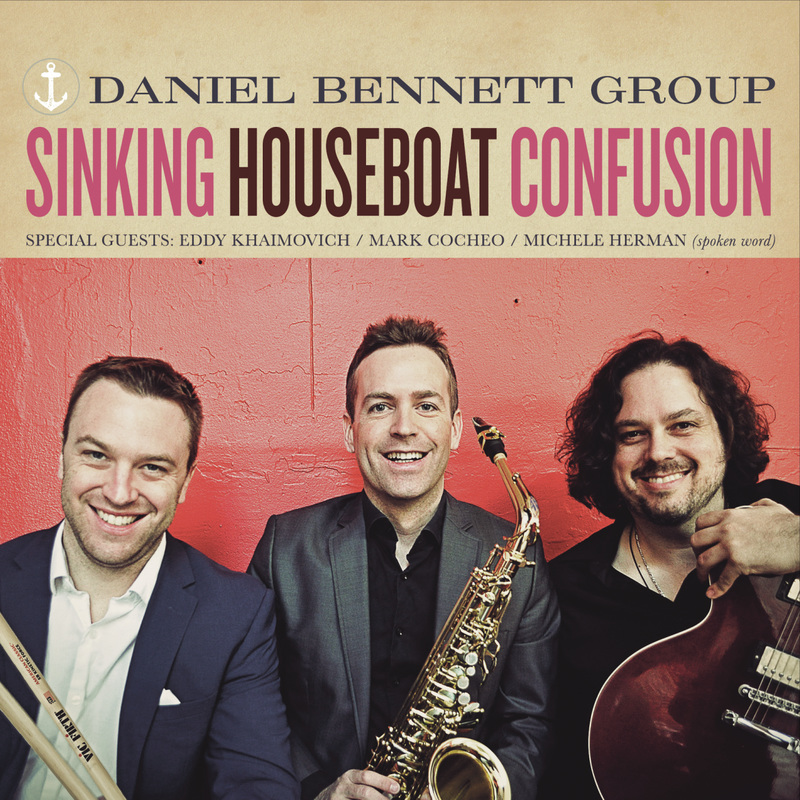


 RSS Feed
RSS Feed
